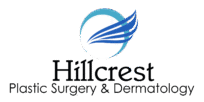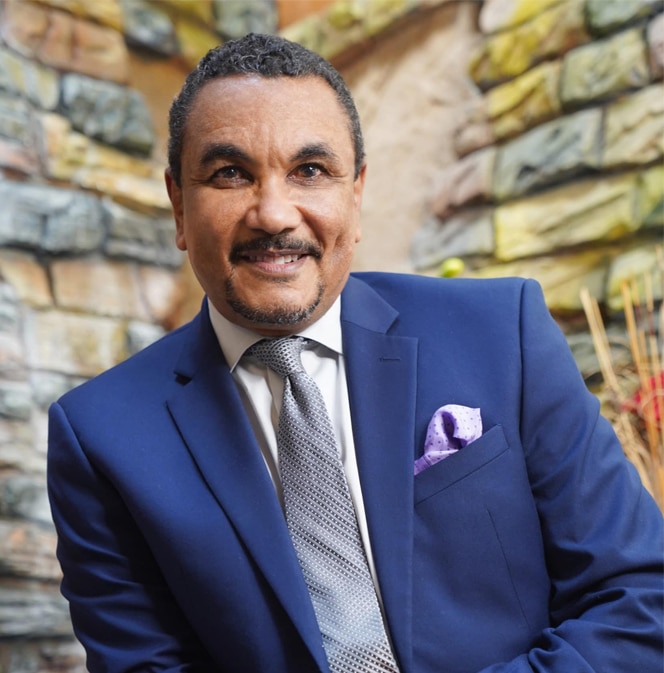
Breast reduction surgery can reduce the physical limitations associated with disproportionately large breasts and provide more symmetry and comfort. The surgical team at Hillcrest Plastic Surgery are experts in providing natural-looking results that make your breasts more proportionate to the size and shape of your body.
What Is a Breast Reduction?
A breast reduction procedure reduces, lifts, and shapes the breasts by removing excess skin, fat, and breast tissue. Your expert breast reduction specialist, Dr. Spence, uses expertly placed incisions and precise excisions to maintain the integrity of your natural breast tissue while creating a flattering, confidence-boosting silhouette.
If you're plagued by neck or back pain, or you feel like your breasts are limiting your activity level or lifestyle, schedule a consultation with Dr. Spence today.
Evaluation for Breast Reduction Surgery at Hillcrest
During your initial consultation, we will discuss your goals for surgery. There are several types of breast reduction procedures, and our team will discuss which option is the best for your unique needs.
During this meeting, we evaluate your overall health and carefully examine your breasts and chest for:
- Asymmetry that needs correcting.
- Current breast size and measurements.
- The amount of breast ptosis, or droop.
- Shoulder grooving, where your bra straps cut into your shoulder.
- Inframammary intertrigo, which is a rash beneath the fold of the breast.
- Nipple sensitivity.
- Stretch marks.
We use this information to choose which breast reduction type suits your unique needs.
How to Prepare for Breast Reduction Surgery
Our team ensures you feel well-informed about what your surgery entails ahead of time. Preparation may entail a mammogram. We will also recommend that you stop smoking or using blood-thinning agents before surgery.
What to Expect for the Breast Reduction Procedure
All breast reduction procedures vary. Some reduce the breast size to create a flatter, broader look. Others produce a more projecting breast appearance. The technique our surgeons choose will depend on the size of your breasts, the amount of reduction needed, the desired shape, and the distance the nipple will need to be moved up.
The goal is outstanding results with minimal scarring. However, scars are a natural result of breast reduction surgery. Depending on the procedure, you may have a lollipop scar around the nipple and down the breast or an anchor scar if the incision includes the breast's crease.
What Are the Risks of a Breast Reduction?
We believe in open communication with our patients. Our team will discuss your surgery with you ahead of time so that you know the risks and limitations of breast reduction surgery, which could include:
- Nipple sensation loss.
- Scars that take several months to heal and reach their final appearance.
- Impaired wound healing, especially for those who smoke.
- Breast regrowth, particularly for very young patients with juvenile hypertrophy.
Why Choose Hillcrest Plastic Surgery for Your Breast Reduction?
Your satisfaction and safety are our highest priorities. Our team will work with you to create a unique, customized plan to help you reach your cosmetic goals. Our board-certified surgeons bring decades of experience in plastic surgery and cosmetic services. The goal — to provide you with the results you desire.
Learn More About Breast Reduction Surgery at Hillcrest
Schedule your breast reduction consultation at Hillcrest Plastic Surgery to speak with one of our experienced surgeons. You can contact us online or call us at 407-999-2585 to make an appointment.



